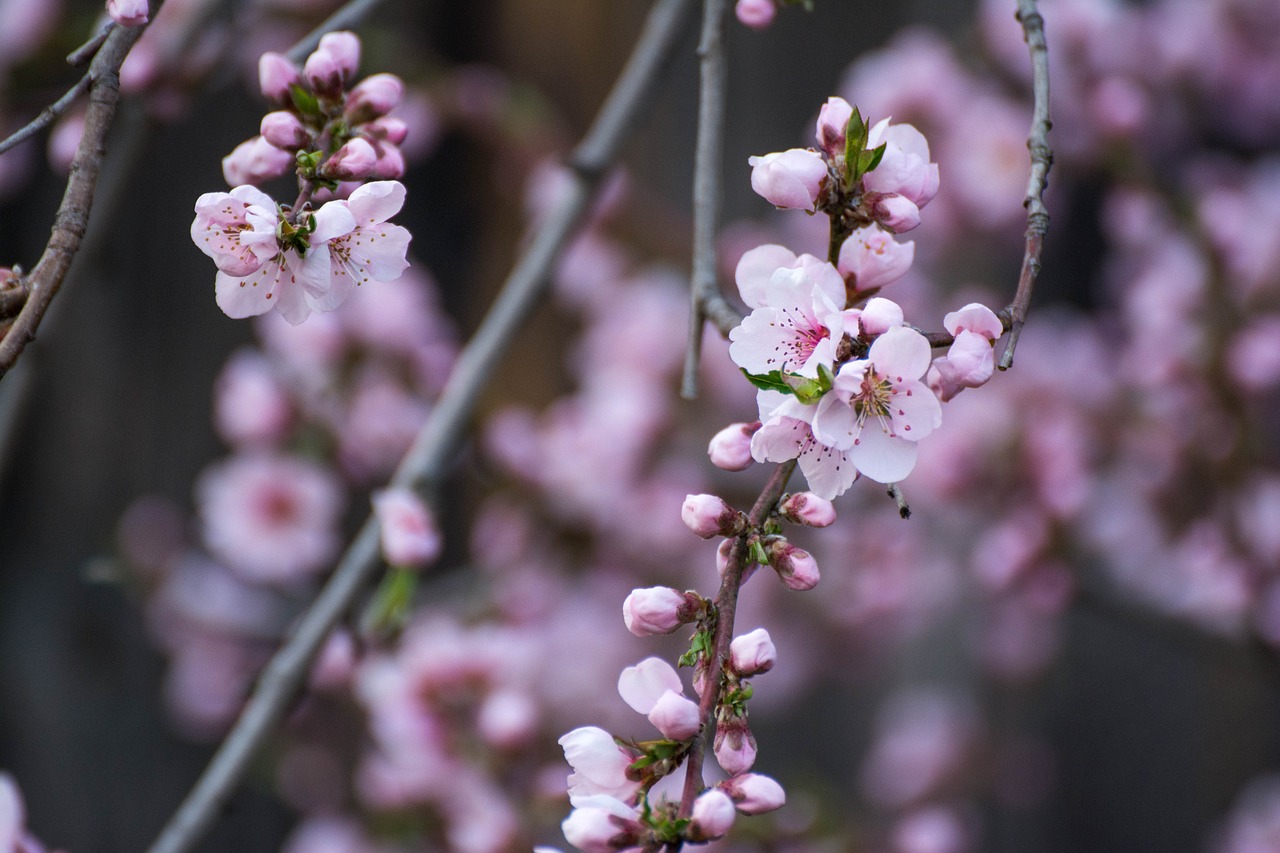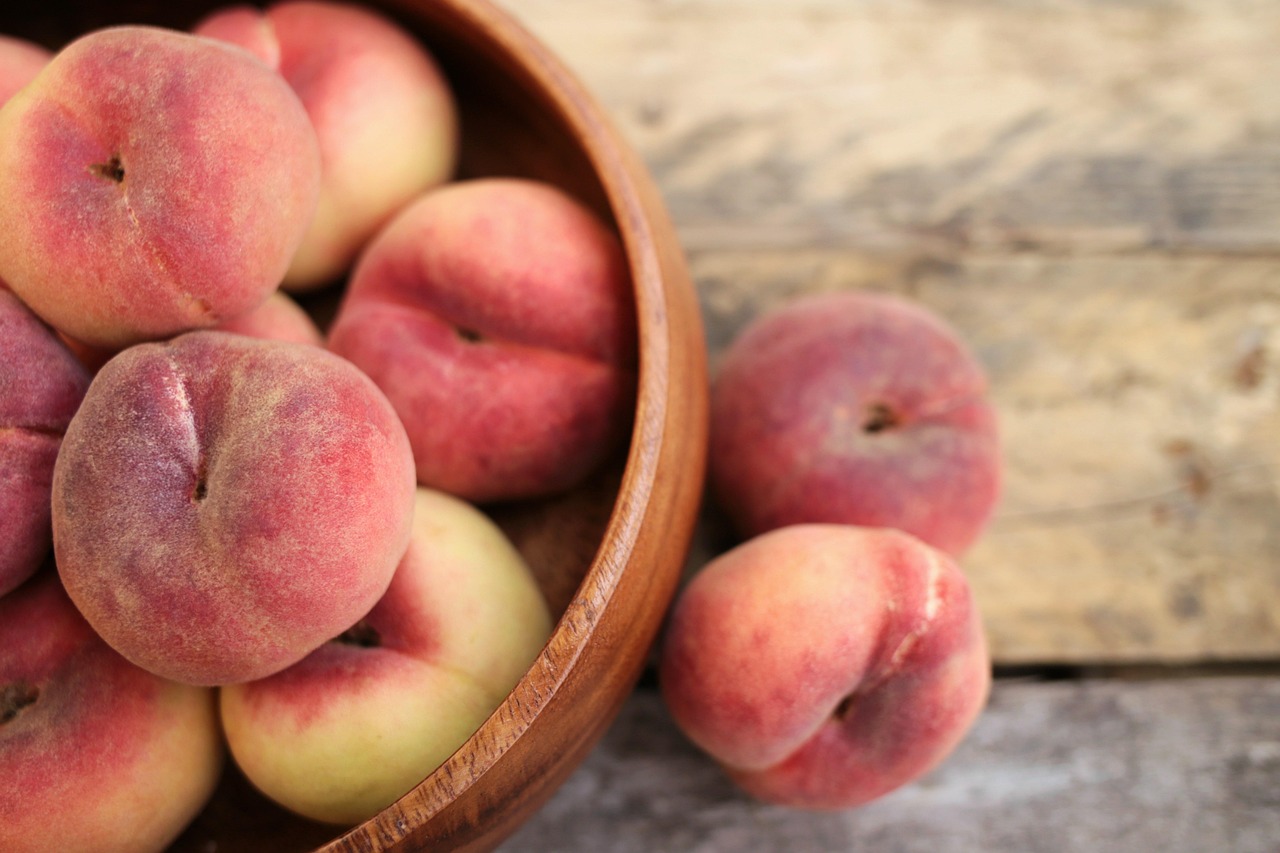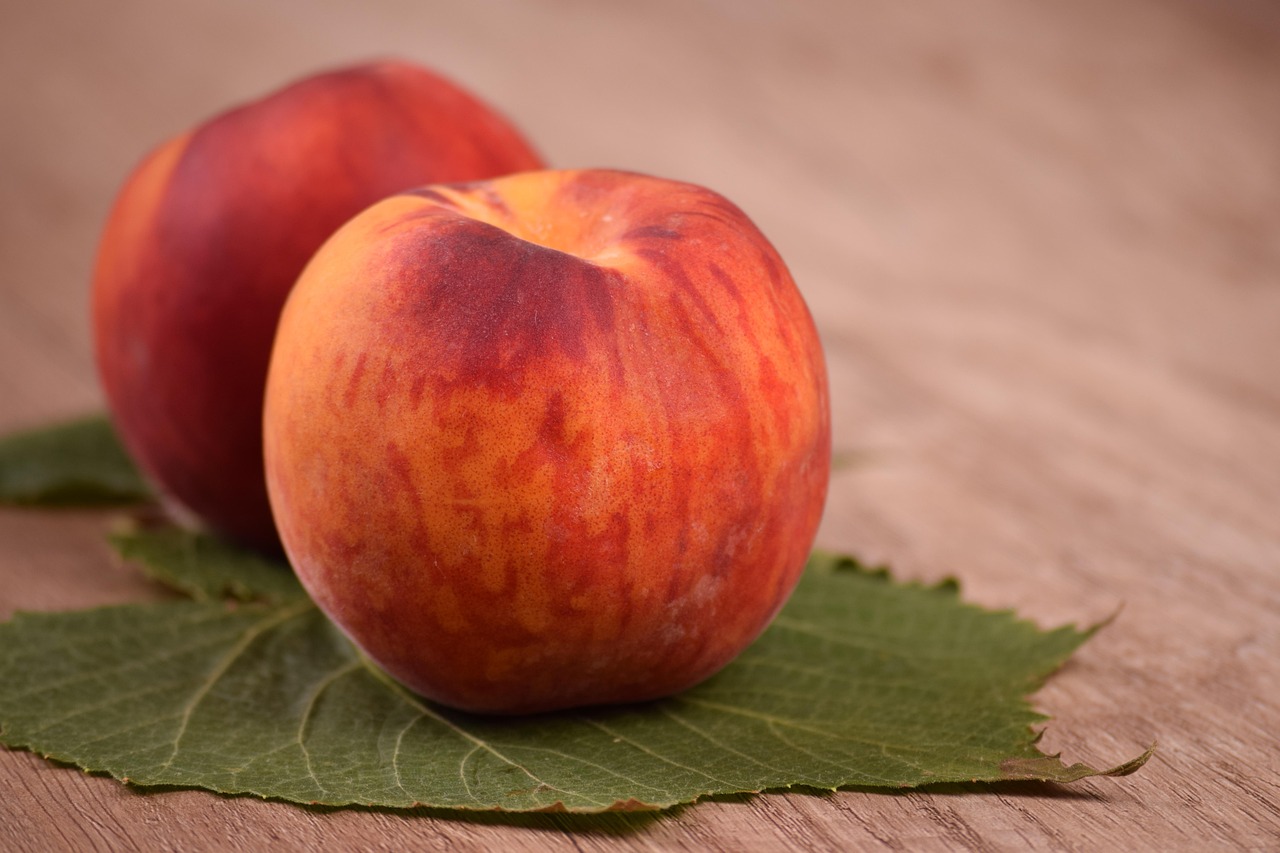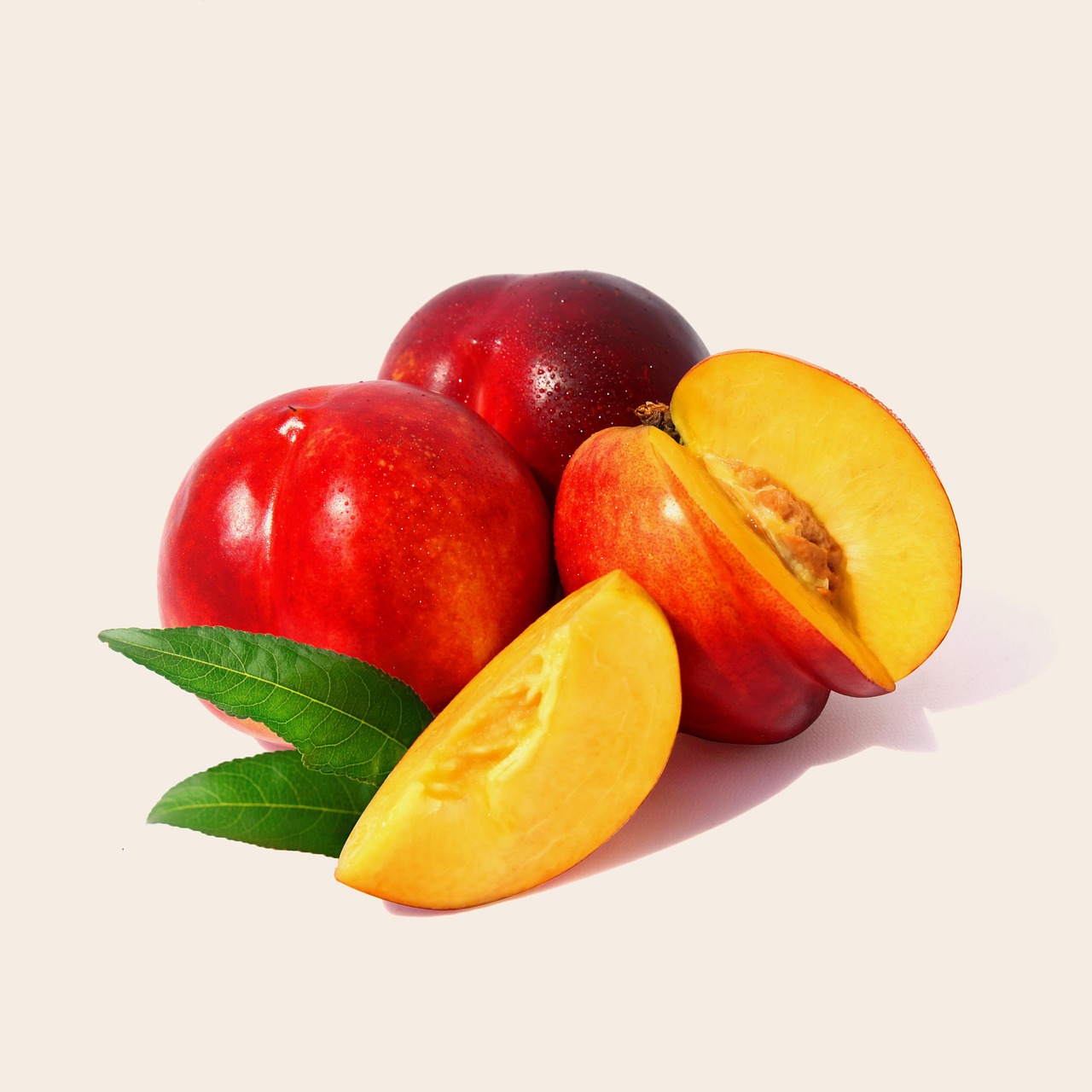Nectarine trees typically grow at a rate of 1 to 2 feet per year, depending on the variety and growing conditions, making them capable of producing early summer fruits within three to four years after planting.
Nectarine Tree Growth Overview
Nectarine trees, known for their smooth-skinned fruits, are a favorite among fruit enthusiasts. These trees belong to the Prunus genus, which also includes peaches and plums. The growth rate of a nectarine tree can significantly influence when you can expect to enjoy its delectable fruits. Understanding this growth rate helps in planning your garden effectively.

When considering planting a nectarine tree, factors such as climate, soil quality, and care practices play a crucial role in determining how quickly the tree will grow. Generally, nectarines thrive in areas with full sun and well-drained soil. The trees require a chilling period during winter to promote healthy growth in spring.
Factors Affecting Growth Rate
The growth rate of a nectarine tree can vary based on several key factors. Here are some of the most significant influences:
- Climate: Nectarine trees prefer warm climates. They flourish in USDA hardiness zones 5 through 9. Adequate sunlight and warmth are critical for optimal growth.
- Soil Quality: Well-draining soil enriched with organic matter boosts growth. Soil pH should ideally be between 6.0 and 7.0 for best results.
- Watering: Consistent moisture is vital, especially during the growing season. However, overwatering can lead to root rot.
- Fertilization: Regular feeding with appropriate fertilizers supports strong growth. A balanced fertilizer during the growing season can enhance production.
- Pest and Disease Management: Keeping trees healthy by managing pests and diseases can prevent growth setbacks.
Growth Stages of Nectarine Trees
Nectarine trees go through several distinct growth stages. Each stage has its own characteristics and requirements:

| Stage | Duration | Characteristics |
|---|---|---|
| Planting | Year 1 | The tree establishes roots and begins to grow foliage. |
| Juvenile | Years 1-3 | The tree grows rapidly, reaching heights of up to 6 feet. |
| Mature | Years 3-4 | The tree begins flowering and producing fruit for the first time. |
| Full Production | Year 4 and beyond | The tree reaches its maximum height and fruit yield. |
In the first year after planting, a nectarine tree primarily focuses on establishing its root system. During this time, proper care is essential to ensure healthy development. The second to third years see vigorous growth as the tree develops branches and foliage. By the third to fourth year, the tree will likely begin producing its first fruits.
The time until harvest can also be influenced by the specific variety of nectarine chosen. Some varieties mature faster than others, allowing for earlier fruit production. Gardeners should research different varieties to select one that fits their desired timeline for fruiting.
Caring for Your Nectarine Tree
Caring for a nectarine tree involves several practices aimed at promoting healthy growth and fruit production. Regular maintenance encourages optimal conditions for the tree’s development:

- Pruning: Annual pruning helps maintain shape and encourages better air circulation within the canopy.
- Pest Control: Monitor for pests like aphids and peach tree borers, applying organic treatments as necessary.
- Mulching: Applying mulch around the base helps retain moisture and suppress weeds.
By understanding the growth rate and needs of your nectarine tree, you can create an environment that promotes robust growth and fruitful harvests in early summer.
Understanding Nectarine Tree Varieties
Choosing the right variety of nectarine tree is essential for achieving desired growth rates and fruit production. Different varieties have unique characteristics, including size, flavor, and climatic adaptability. This section will explore some popular nectarine varieties, helping gardeners make informed choices.
Popular Nectarine Varieties
Here are some well-known varieties of nectarines that you might consider for your garden:
- Fantasia: A freestone variety, Fantasia is known for its large, juicy fruits and excellent flavor. It typically produces fruit in mid to late summer.
- Sun Red: This variety is an early producer, yielding fruit in early summer. Sun Red is appreciated for its sweet taste and vibrant red skin.
- Arctic Jay: A white-fleshed variety, Arctic Jay offers a unique flavor profile. It is a low-chill variety that thrives in warmer climates.
- Desert Delight: Another low-chill variety, Desert Delight is perfect for warmer regions. It produces sweet fruit that matures in early summer.
Choosing the Right Variety for Your Climate
When selecting a nectarine variety, consider the climate of your growing region. Some varieties require more chilling hours than others to produce fruit effectively. Here are some factors to keep in mind:

- Chilling Hours: This refers to the number of hours below 45°F required for proper bud development. Low-chill varieties are ideal for warmer climates with mild winters.
- Heat Tolerance: Some varieties can withstand higher temperatures, which is crucial in regions that experience extreme heat during summer.
- Frost Resistance: Selecting frost-resistant varieties can help protect blossoms from late spring frosts, ensuring a better yield.
The Role of Pollination in Nectarine Tree Growth
Pollination is a critical aspect of fruit production for nectarine trees. While many nectarine varieties are self-pollinating, having multiple trees can enhance fruit set and yield.
Self-Pollination vs. Cross-Pollination
Understanding the difference between self-pollination and cross-pollination can help gardeners optimize their yields:
- Self-Pollination: Self-pollinating varieties can produce fruit with their pollen. This trait makes them easier to grow in smaller spaces.
- Cross-Pollination: Some varieties benefit from pollen from another tree, resulting in better fruit set and larger yields. Planting different varieties nearby can enhance pollination success.
Attracting Pollinators
Encouraging pollinators to visit your nectarine trees can significantly improve fruit set. Here are some methods to attract pollinators:
- Plant Pollinator-Friendly Flowers: Incorporate flowering plants around your orchard to attract bees and other pollinators.
- Avoid Pesticides: Reduce or eliminate pesticide use during flowering periods to protect beneficial insects.
- Create Habitats: Provide nesting sites for bees by leaving some areas of your garden undisturbed.
Nectarine Tree Maintenance Practices
Consistent maintenance practices are vital for healthy nectarine tree growth and optimal fruit production. Here are key practices every gardener should adopt:
Irrigation Techniques
Irrigation is essential for maintaining soil moisture levels for nectarine trees. Consider these techniques:
- Drip Irrigation: This method delivers water directly to the tree’s root zone, minimizing water waste and reducing disease risks.
- Soaker Hoses: Soaker hoses provide gentle watering and can effectively maintain consistent moisture.
- Regular Monitoring: Check soil moisture levels regularly to avoid over- or under-watering. The top inch of soil should be moist but not soggy.
Pest and Disease Management
Pests and diseases can hinder the growth rate and productivity of nectarine trees. Here are effective management strategies:
- Cultural Practices: Implement crop rotation and clean up fallen debris to reduce disease pressures.
- Organic Treatments: Use organic sprays or natural predators to control pest populations without harming beneficial insects.
- Regular Inspections: Examine leaves, stems, and fruits frequently for signs of pests or disease, allowing for early intervention.
By understanding the variety selection, pollination needs, and maintenance practices, gardeners can ensure their nectarine trees thrive and produce delicious fruits during the early summer months.
Harvesting Nectarines: Timing and Techniques
Harvesting nectarines at the right time is crucial for flavor and texture. Understanding the appropriate timing and techniques for harvesting ensures that you enjoy the best fruit quality. This section discusses how to determine when nectarines are ripe and the best practices for harvesting.
When to Harvest Nectarines
Timing is vital when it comes to harvesting nectarines. Here are some indicators to help you determine the right moment:
- Color: Ripe nectarines typically show a vibrant color, which varies by variety. A change from green to yellow or red indicates ripeness.
- Firmness: Gently squeeze the fruit. Ripe nectarines should yield slightly under pressure but remain firm overall.
- Aroma: A sweet, fruity aroma is a sign that nectarines are ready to be picked.
- Time of Year: Most varieties of nectarines are ready for harvest in mid to late summer. Specific harvest times depend on the variety and local climate conditions.
Harvesting Techniques
Using proper techniques while harvesting nectarines can prevent damage to the fruit and tree. Here are some effective methods:
- Hand Harvesting: Gently twist and lift the fruit from the branch. Avoid pulling hard, as this can damage the tree or the fruit.
- Use of Pruning Shears: For fruits that are hard to reach, using pruning shears can help cut the stem without harming the fruit.
- Avoiding Bruising: Place harvested nectarines in soft containers to minimize bruising during transport. Avoid stacking them too high.
Post-Harvest Handling and Storage
Proper post-harvest handling and storage extend the shelf life of nectarines. Here are essential practices for maintaining fruit quality after harvest:
Cleaning and Sorting
After harvesting, clean and sort the nectarines to ensure quality:
- Washing: Gently rinse nectarines under cool water to remove dirt and debris. Avoid soaking them, as this can lead to spoilage.
- Sorting: Sort the nectarines based on size and ripeness. Discard any damaged or overripe fruits to prevent them from affecting others.
Storage Conditions
The way you store nectarines can significantly impact their freshness:
- Room Temperature: Store ripe nectarines at room temperature if you plan to consume them within a few days. This allows them to maintain their flavor.
- Refrigeration: If you want to extend their shelf life, refrigerate ripe nectarines. Place them in a breathable bag or container to prevent moisture buildup.
- Avoid Ethylene Exposure: Keep nectarines away from ethylene-producing fruits, such as apples and bananas, as this can accelerate ripening.
Nectarine Tree Growth Rate and Yield Expectations
The growth rate of your nectarine tree directly influences its yield. Understanding average yields can help set realistic expectations for your harvest:
| Age of Tree (Years) | Typical Height (Feet) | Average Yield (Pounds) |
|---|---|---|
| 1 | 3-5 | 0-5 |
| 2 | 5-8 | 10-20 |
| 3 | 8-10 | 20-40 |
| 4+ | 10-15 | 40-100 |
The table above highlights average growth rates and yield expectations for nectarine trees at different ages. As trees mature, they generally produce more fruit each season. By the fourth year, many trees can produce a substantial harvest.
Pest and Disease Management Post-Harvest
Pest and disease management should continue even after harvesting. Proper handling can prevent pests from infesting your stored fruits:
- Inspect Regularly: Regularly check stored nectarines for signs of pests or decay. Remove any affected fruits immediately.
- Avoid Overcrowding: Store nectarines with enough space between them to allow air circulation, minimizing the risk of rot.
- Culling Damaged Fruits: Continually sort through your stored nectarines to remove any that show signs of spoilage.
With careful attention to harvesting, post-harvest handling, and ongoing management practices, gardeners can enjoy a bountiful crop of delicious nectarines throughout the early summer months and beyond.
Additional Considerations for Growing Nectarine Trees
While we have covered the essential aspects of growing nectarines, there are a few additional considerations that can enhance your overall success. Incorporating these factors into your gardening practices can lead to healthier trees and better fruit production.
Soil Health and Fertility
The health of the soil where nectarines are planted is crucial for their growth rate and fruit quality. Here are some practices to maintain soil health:
- Soil Testing: Conduct soil tests to determine pH and nutrient levels. This information can guide you in amending the soil appropriately.
- Organic Matter: Regularly add organic matter, such as compost or well-rotted manure, to improve soil structure and fertility.
- Cover Crops: Planting cover crops in the off-season can enhance soil nutrients and prevent erosion.
Weather Considerations
Weather can significantly impact the growth rate of nectarine trees. Here are some weather-related factors to keep in mind:
- Frost Protection: Early spring frosts can damage blossoms. Consider using row covers or frost cloths to protect young trees during vulnerable times.
- Heat Stress: Extreme heat can cause stress, leading to reduced fruit quality. Ensure adequate watering during hot spells to keep trees healthy.
- Rainfall Patterns: Monitor rainfall to adjust your irrigation practices. Too much or too little water can affect growth and yield.
Companion Planting
Companion planting can be beneficial for nectarine trees by promoting healthy growth and deterring pests. Consider planting the following companions:
- Marigolds: These flowers can help repel nematodes and other pests.
- Basil: Basil is known to enhance the flavor of nearby fruits while repelling pests.
- Garlic: Planting garlic near nectarines can deter many insect pests due to its strong scent.
Final Thoughts
Nectarine trees offer the promise of delicious fruits and satisfaction for gardeners willing to invest time and care. Understanding their growth rates, optimal growing conditions, and appropriate maintenance practices is essential for a fruitful harvest. From selecting the right variety to implementing effective pest management strategies, every step plays a role in the success of your nectarine tree.
The journey of growing nectarines is not without its challenges, but with patience and attention to detail, gardeners can enjoy bountiful yields. By focusing on soil health, monitoring environmental conditions, and practicing good harvesting techniques, you can maximize your fruit production while minimizing issues.
As you embark on or continue your nectarine-growing adventure, remember that each tree is unique and may require specific care tailored to its needs. Engaging with local gardening communities or resources can provide valuable insights and support. Ultimately, the rewards of growing nectarines extend beyond just the fruit; they include the joy of nurturing a living plant and the satisfaction of enjoying homegrown produce.
With this knowledge in hand, you are now equipped to cultivate thriving nectarine trees that will yield delicious fruits during the early summer months and beyond. Happy gardening!
